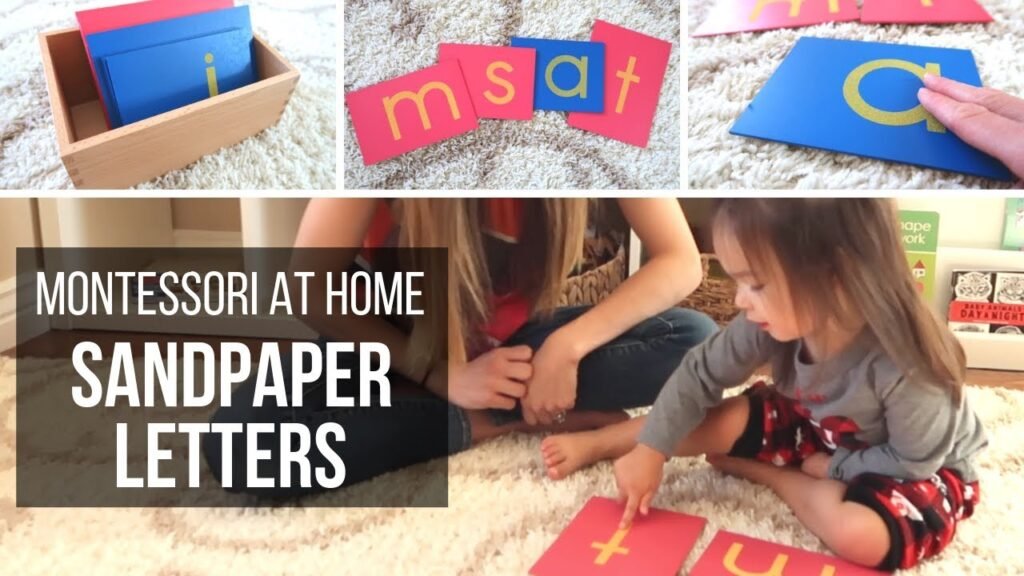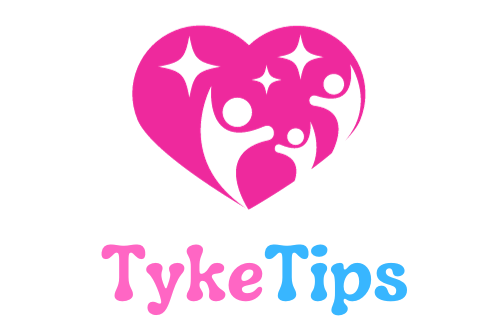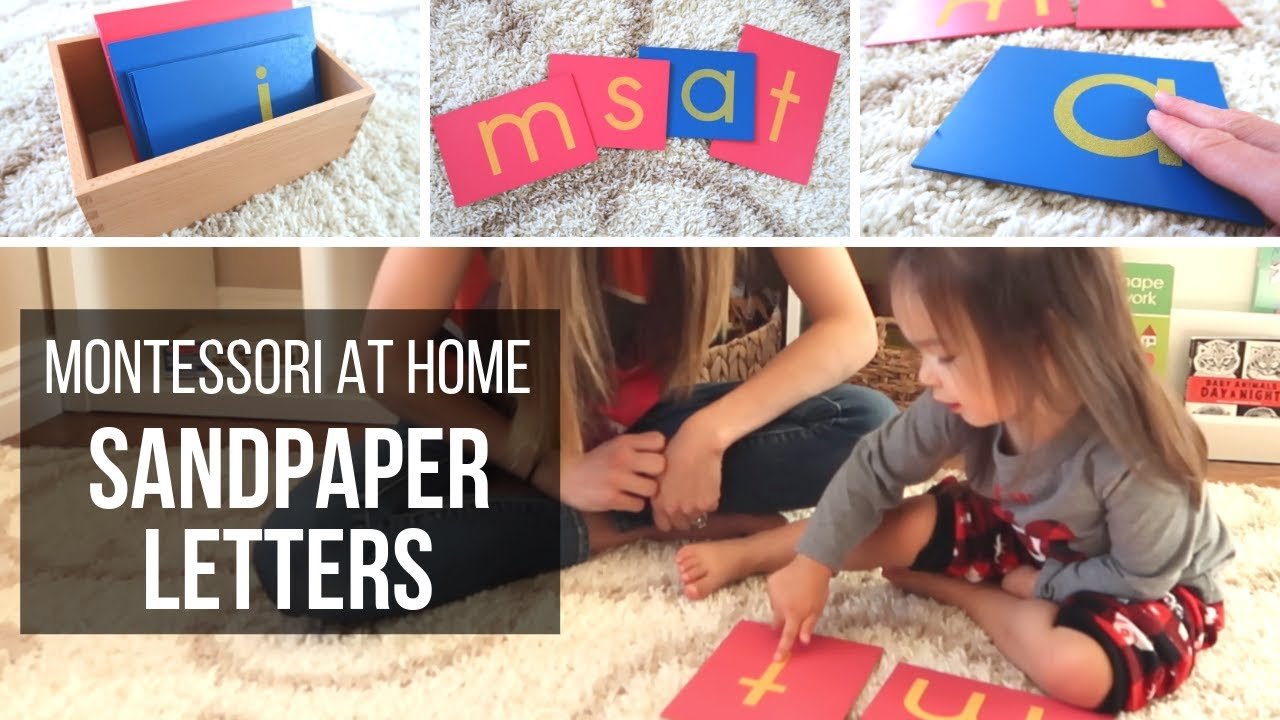In the video “Teaching Letter Sounds with Montessori Sandpaper Letters” by Hapa Family, you will learn how to introduce your child to letter sounds using the three period lesson method. The focus is on teaching phonics and lowercase letters first to toddlers. Sandpaper letters are commonly used in Montessori to help children learn letter sounds, providing a multi-sensory approach to learning phonics. The video emphasizes the importance of starting to teach letter sounds at around three years old in a Montessori environment and provides tips on DIY versions of sandpaper letters for cost-effective options.
As a parent introducing your child to the world of Montessori at home, using sandpaper letters can be a valuable tool to help your child learn the sounds of the alphabet. The three period lesson method explained in the video is a great way to make learning letter sounds interactive and engaging for toddlers. By focusing on lowercase letters and phonics first, children can build a strong foundation for reading and writing in the future. Creating a hands-on learning experience with sandpaper letters can help children develop essential language skills early on in their education journey.

Introduction to Montessori Sandpaper Letters
What are Montessori Sandpaper Letters
Montessori Sandpaper Letters are a tactile learning tool used in Montessori education to introduce children to the sounds of letters. These letters consist of wooden tablets with the shape of each letter printed on top in fine-textured sandpaper. The sandpaper quality provides a multi-sensory experience for children as they see, hear, and trace the letters using their fingertips.
Purpose of Montessori Sandpaper Letters
The main purpose of Montessori Sandpaper Letters is to teach children the phonetic sounds of letters rather than their names. By focusing on letter sounds through phonics, children are better equipped to sound out words independently and improve their reading skills. The use of lowercase letters is emphasized initially, followed by uppercase letters and less common sounds as children progress in their learning journey.
Teaching Phonics with Sandpaper Letters
Importance of Teaching Phonics
Teaching phonics with Montessori Sandpaper Letters is crucial as it helps children understand the basic sound-symbol correspondence in the English language. By learning the sounds of individual letters, children can decode unfamiliar words and improve their reading fluency. Phonics instruction is a foundational literacy skill that sets the stage for successful reading and writing abilities.
Order of Teaching Phonics Sounds
When teaching phonics with Sandpaper Letters, it is essential to introduce letters in a specific order. Letters are typically taught in small groups of three or four to enable children to construct words from the given letters. Various organizations and schools may follow different letter combinations, but the key is to introduce a manageable amount of letters at a time. This approach prevents overwhelm and confusion, allowing children to master each set of letters before moving on to the next group.
Three Period Lesson Method
Explanation of Three Period Lesson
The Three Period Lesson method is a valuable teaching technique used in Montessori education to introduce and reinforce new concepts. The three periods include:
- First Period: Introducing the concept and providing examples.
- Second Period: Testing the child’s understanding through questions.
- Third Period: Assessing the child’s comprehension by asking them to recall information.
Application of Three Period Lesson for Teaching Letter Sounds
When using the Three Period Lesson method to teach letter sounds with Montessori Sandpaper Letters, educators or parents first introduce a set of letters to the child. They trace the letters while articulating the corresponding sounds. In the second period, the child is asked to identify the letters they have learned, and in the third period, they are tested on their ability to recognize and articulate sounds independently.
Age Appropriate Learning for Montessori Sandpaper Letters
Recommended Age to Start Teaching Letter Sounds
In a Montessori environment, the recommended age to start teaching children letter sounds with Sandpaper Letters is around three years old. However, some children may exhibit an interest in letters at an earlier age, prompting parents to introduce phonics concepts at home. It is essential to tailor teaching methods to the child’s developmental stage and readiness to ensure effective learning.
Adjusting Teaching Methods for Different Age Groups
While the ideal age to introduce Montessori Sandpaper Letters is around three years old, parents can adapt teaching methods for different age groups. Younger children may benefit from shorter, more interactive lessons, while older children can engage in more advanced phonics activities. Flexibility and patience are key when catering to the learning needs of children of varying ages.
Introducing Cursive Letters with Sandpaper Letters
Benefits of Introducing Cursive Letters First
In Montessori education, cursive letters are typically introduced before print letters. This approach emphasizes fluidity and connectedness in writing, aiding in the development of fine motor skills and handwriting proficiency. Children benefit from learning cursive early on as it promotes visual recognition, spatial awareness, and creative expression in writing.
Techniques for Teaching Cursive Letters with Sandpaper Letters
When introducing cursive letters with Sandpaper Letters, educators or parents can use a similar approach to teaching print letters. By tracing the cursive letters and pronouncing the corresponding sounds, children can practice forming the connections between letters and sounds. The tactile nature of Sandpaper Letters enhances muscle memory and fine motor coordination, supporting children in mastering the art of cursive writing.
DIY Options for Cost-Effective Teaching Materials
Materials Needed for DIY Sandpaper Letters
To create cost-effective Sandpaper Letters at home, you will need supplies such as sandpaper, wooden tablets or cardboard, glue, scissors, and markers. These materials are easily accessible and affordable, making DIY Sandpaper Letters a budget-friendly alternative to store-bought versions.
Steps to Create DIY Sandpaper Letters
To make DIY Sandpaper Letters, begin by cutting out letter shapes from sandpaper or felt. Attach these letters to wooden tablets or cardboard using glue. Ensure that the letter shapes are raised and textured for children to trace easily. By following simple steps and being creative with materials, parents and educators can craft personalized Sandpaper Letters for effective phonics instruction.
Enhancing Language Development with Montessori Materials
Using Language Objects in Combination with Sandpaper Letters
In Montessori education, language development is enriched by combining Sandpaper Letters with language objects. Language objects are manipulatives that represent words or concepts, enhancing vocabulary acquisition and literacy skills. By integrating tactile learning tools like Sandpaper Letters with hands-on objects, children engage more fully in language exploration and understanding.
Benefits of Language Cards for Early Language Development
Language cards are valuable tools used in Montessori education to promote early language development in toddlers. These cards feature images or words that children can match to Sandpaper Letters, reinforcing letter-word associations and building vocabulary. Language cards offer a visually stimulating and interactive way for children to expand their language skills and phonetic awareness.
Supporting Montessori Education at Home
Incorporating Practical Life Activities at Home
Montessori at home emphasizes the integration of practical life activities into daily routines to foster independence and skill development in children. Parents can involve children in simple tasks such as cooking, cleaning, and gardening to promote fine motor skills, problem-solving abilities, and self-care habits. By incorporating practical life activities, children gain valuable life skills and a sense of autonomy within the home environment.
Utilizing Montessori Principles Beyond Letter Sounds
Beyond teaching letter sounds with Sandpaper Letters, parents can apply Montessori principles to various aspects of early childhood education. By creating a prepared environment that supports independence, creativity, and exploration, children can thrive in their learning journey. Incorporating hands-on activities, open-ended materials, and child-led experiences align with the Montessori philosophy and encourage holistic development in children.
Resources for Further Learning
Recommended Books on Montessori Education
For parents and educators interested in delving deeper into Montessori education, there are several recommended books available. These resources offer valuable insights into Montessori principles, teaching techniques, and child development theories. By exploring the literature on Montessori education, individuals can gain a comprehensive understanding of the methodology and its application in early childhood settings.
Online Courses for Montessori Teaching Techniques
Online courses provide a convenient and accessible platform for individuals seeking to enhance their knowledge and skills in Montessori teaching techniques. These courses cover a range of topics from introductory Montessori principles to advanced curriculum planning. By enrolling in online courses, educators and parents can expand their toolkit of teaching strategies and create enriching learning experiences for children.
Conclusion
Summary of Effective Strategies for Teaching Letter Sounds with Montessori Sandpaper Letters
In conclusion, Montessori Sandpaper Letters offer a hands-on and interactive approach to teaching letter sounds through phonics. By introducing children to the sounds of letters before their names and emphasizing lowercase letters and cursive writing, children build a strong foundation in literacy skills. The Three Period Lesson method provides a structured framework for introducing letter sounds, and DIY options offer cost-effective alternatives for creating teaching materials at home. By incorporating Montessori principles and resources, parents can support early language development and foster a love of learning in young children.
Encouragement to Explore Montessori Methods for Early Childhood Education
We encourage parents and educators to explore Montessori methods in early childhood education as they provide a holistic and child-centered approach to learning. By integrating Montessori principles, practical activities, and tactile learning tools like Sandpaper Letters, children can develop essential skills, independence, and a lifelong love of learning. Embracing the Montessori philosophy opens doors to innovative teaching practices and fosters a nurturing environment for children to thrive and reach their full potential.

